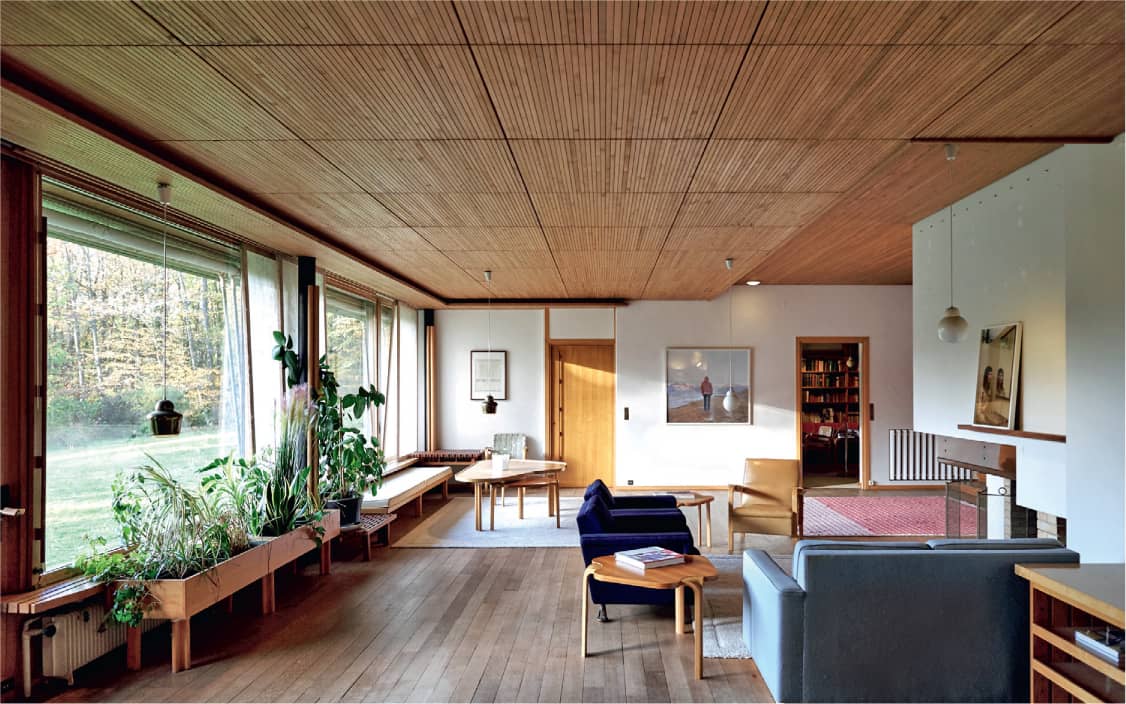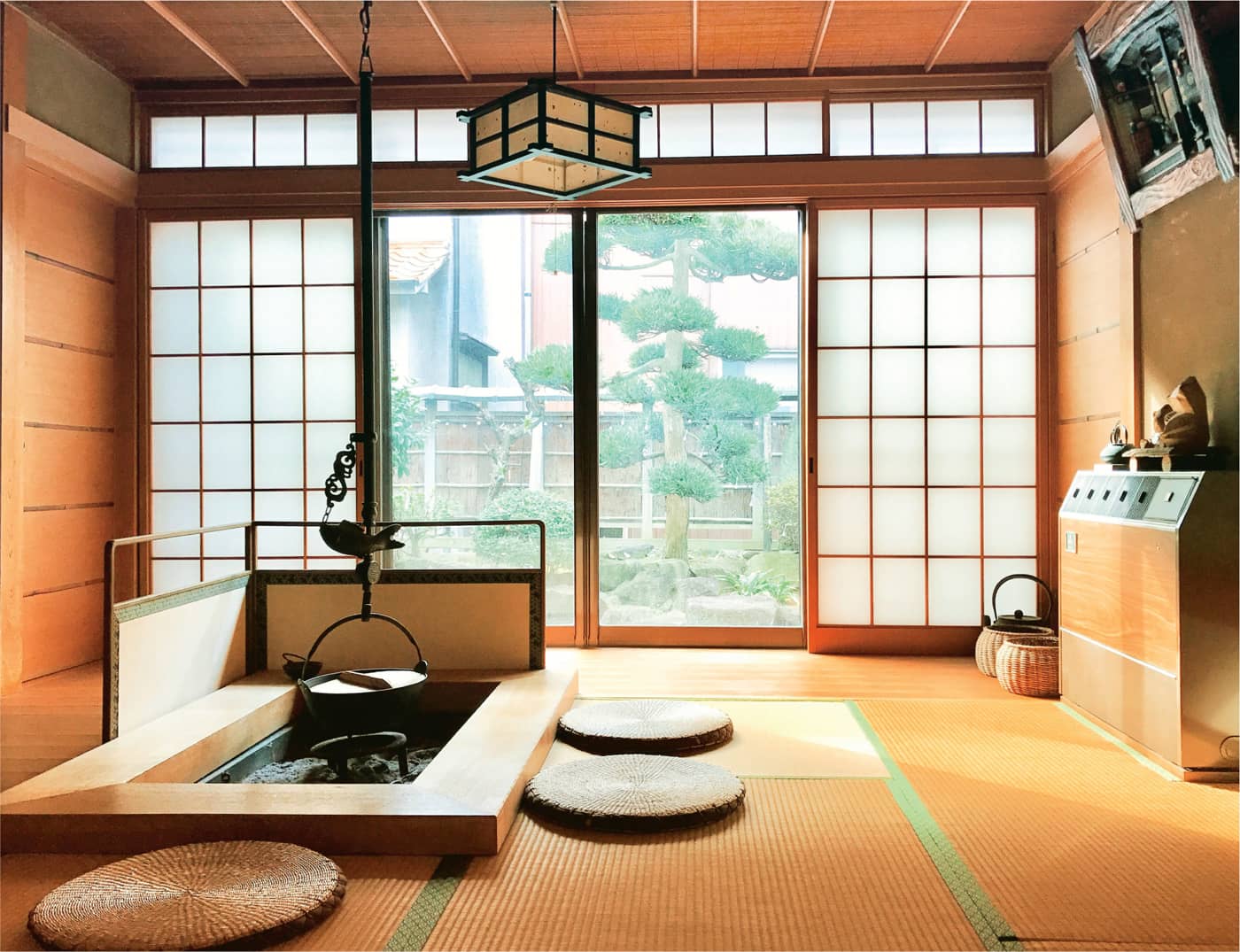54 Materiality
The character and quality of matter.
Materials are the essence of an interior. An interior is essentially a collection of material surfaces in relation to each other. Materials set the tone of an interior, affect the quality of light in a space, determine how a room sounds, and influence our perception of depth and height.
The interior design profession has a complex relationship with materials. Some materials are integral to their source (stone, wood), others are composites that still have volume (ceramics, some plastics, and solid surfaces) and finally, some are applied directly or indirectly as surfaces (wallpaper, paint, foils, and graphics). All have a place in the composition of a project, and can have resonance with a designer’s vision. Materials also have emotional associations to a place and history, and can add compelling narratives to a design.
Materials aggregate in a space, creating patterns and vibrant surfaces, or can soothe through the use of large expanses. Materiality is closely related to the other design principles of craft and connection. The feel of a surface can resonate with a hand’s touch, provide color to a space, and affect how sounds resonate (i.e., acoustics).

Maison Luis Carré, a residence in Bazoches, France, by the architect and design Alvar Aalto, is an exquisite lesson in the use of materials that are integral to the design and intimate to the touch.

A washitsu room (often referred to as a “tatami room” in Western culture) is measured based on the material dimensions of a mat, whose natural fibers resonate with the natural palette of the room.

In the Milan hotel Room Mate Giulia, the designer Patricia Urquiola uses a whimsical palette of color as well as multiple materials that enhance the welcoming character of the space.
